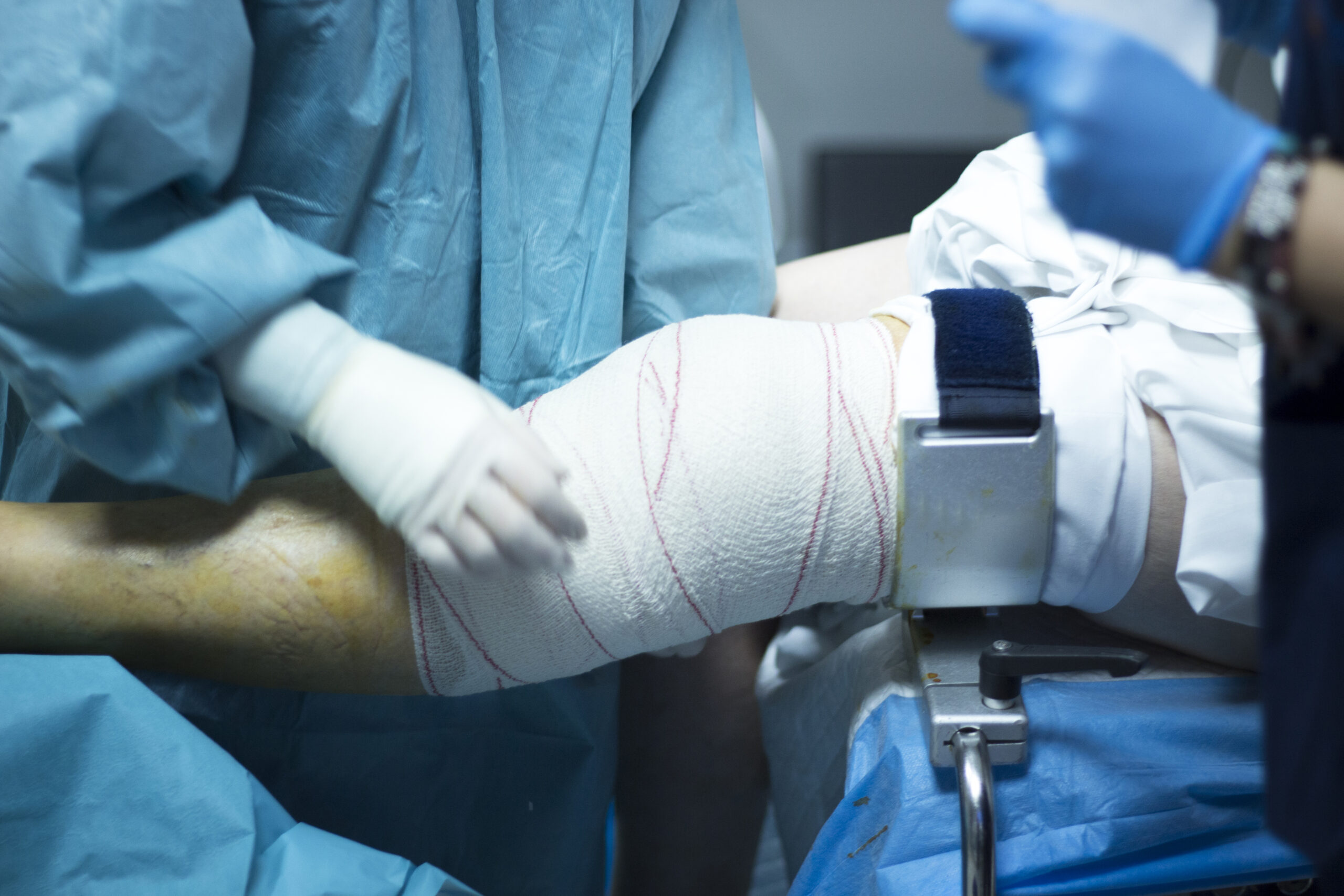Introduction
Total knee replacement is a common surgery for people with severe knee pain. This procedure replaces a damaged knee joint with an artificial one. Many people choose total knee replacement to regain movement and reduce pain. As a result, they can return to daily activities with less discomfort. According to the CDC, this surgery helps many people live better lives. If you have knee pain that limits your life, this guide will help you understand what to expect.
Symptoms and Conditions Leading to Total Knee Replacement
Many people consider total knee replacement when knee pain becomes severe. Often, this pain makes walking, climbing stairs, or even resting difficult. Common symptoms and conditions include:
Sometimes, painkillers or physical therapy do not help. In these cases, surgery may be the best option.
Causes and Risk Factors
Several factors can lead to knee joint damage. For example, osteoarthritis is the most common cause. This condition wears down the cartilage in your knee. Other causes include:
Additionally, age increases your risk. Most people who need total knee replacement are over 50 years old.
Diagnosis and Candidacy for Surgery
Doctors use several steps to decide if you need total knee replacement. First, they ask about your symptoms and medical history. Next, they examine your knee and check your movement. X-rays or MRI scans help show the damage inside your joint. Sometimes, blood tests rule out infections or other problems.
Not everyone is a good candidate for surgery. You may be a candidate if:
However, your doctor will discuss the risks and benefits with you.
The Total Knee Replacement Procedure
Overview
Total knee replacement is a planned surgery. It usually takes one to two hours. Before surgery, your doctor will explain the steps and answer your questions.
Preparation
Before the procedure, you may need to:
Sometimes, your doctor may suggest exercises to strengthen your leg muscles.
What Happens During Surgery
During surgery, you will receive anesthesia to prevent pain. The surgeon removes the damaged parts of your knee. Then, they place metal and plastic parts to form a new joint. After the new knee is in place, the doctor closes the incision. You will move to a recovery room for monitoring.
Benefits and Expected Outcomes
Total knee replacement offers many benefits. Most people notice less pain and better movement. For example, you may walk, climb stairs, or enjoy hobbies again. Other benefits include:
However, results vary. Some people may still have mild pain or stiffness. Yet, most people are satisfied with their new knee.
Recovery and Rehabilitation
Recovery after total knee replacement takes time. Usually, you stay in the hospital for one to three days. Physical therapy starts soon after surgery. This helps you regain strength and movement.
Here is a typical recovery timeline:
To recover well, follow your doctor’s advice. Take medicines as prescribed. Keep your wound clean and dry. Attend all therapy sessions. If you notice swelling, redness, or fever, contact your doctor right away.
Lifestyle Guidance After Surgery
After total knee replacement, you can enjoy many activities. However, you should avoid high-impact sports like running or jumping. Instead, choose low-impact activities such as walking, swimming, or cycling.
For a healthy recovery, remember these tips:
Additionally, avoid twisting or sudden movements. Always ask your doctor before starting new activities.
Prevention and Long-Term Joint Health
While some knee problems cannot be prevented, you can protect your joints. For example, regular exercise keeps your muscles strong. Maintaining a healthy weight reduces stress on your knees. Also, wear proper shoes to support your feet and knees.
Other tips for long-term joint health include:
With good care, your new knee can last many years.
Frequently Asked Questions
Conclusion
Total knee replacement can relieve pain and improve your life. However, every person’s journey is unique. Consult an orthopedic specialist for personalized advice on total knee replacement.
